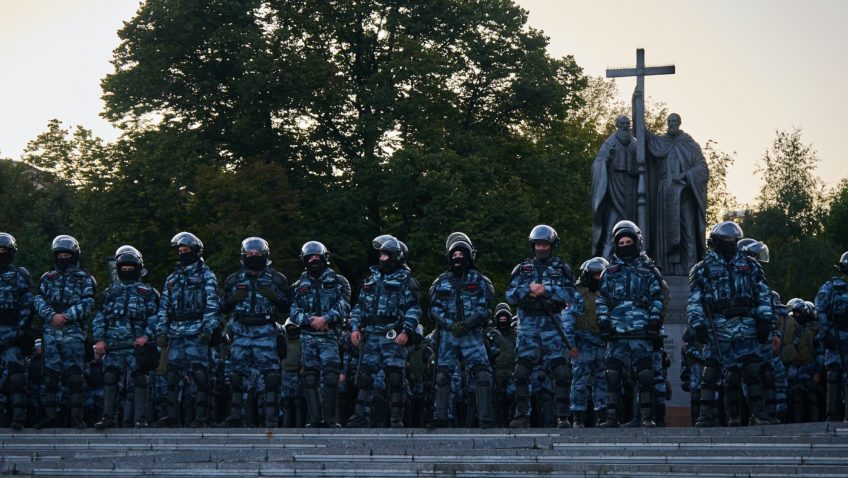After the collapse of the Soviet Union, the drastic drop from five to one million army personnel was not the only burden that the Russian military was facing. A great challenge in the reforms that the military had to undertake was how to incentivize both the personnel it already had, and the personnel it wanted to recruit. Addressing this issue was impeded by three main challenges: 1) Improving the work conditions of army personnel, 2) Reforming the military academies, and 3) Uprooting corruption and arbitrariness. This short paper shows why, regardless the implemented reforms, the Russian military is still not completely reformed from the inside as it fails to incentivize its non-conscript personnel.
First, the lack of compensation of the military personnel was evident as early as the Kursk submarine catastrophe in 2001. The captain of the submarine who made just around $200 per month made the Russian soldiers notorious for their suboptimal pay, and this was further exacerbated with the sharp criticism the government received for initially failing to provide fair compensation for the families of the deceased. This brought both domestic and international attention to Russia’s military, putting pressure on the Russian government that tried to avoid bad public relations (PR) and caved in by generously compensating the families. However, the belated reaction of the Russian navy to send a rescue mission after the submarine had sunk, the symbolic dimension of the disaster (it was the first major naval exercise after the collapse of the USSR), and the government’s initially poor handling of the situation damaged Russian army’s potential to recruit new professionals in its ranks.
Second, due to the notoriously bad pay and deficient conditions, many of the Russian-trained army personnel refused to work for the army and changed careers. The military reforms tried to address this challenge by maiming the quality of military education. The reformed education was devoid of liberal content and its curriculum was reduced to four instead of the previous five years. The purpose of this reform was to turn the Russian soldier into a “military handworker” with limited knowledge, who would not be able to change careers and join the civil sector. Moreover, an important segment in reforming the tuition-free military education was penalizing cadets who decided to leave the military academy with a fine of at least 500,000 Rubles, making dropouts barely possible. Thus, instead of achieving a more specialized military education, as the reform had de jure intended, it just rendered quitting financially unrewarding military careers impossible and disincentivized cadets from initially entering the force.
Thirdly, a huge challenge that professional personnel face is the corrupt and arbitrary officer service that resembles serfdom instead of a professional career. The reforms have not addressed transparency in promoting officers and appointing them to different bases so far, and the principle of open competition is lacking in the Russian military service. The strong hierarchy of the unaccountable military system puts the decisions to promote and assign younger officers in the hands of the immediate commander and officials in the personnel department. This often disincentivizes officers from seeking promotion and corrodes their trust in the system as corruption often trumps merit in the inherently unaccountable military hierarchy. Thus, the lack of accountability makes the whole system more susceptible to bribery, a feature often present under their previous political system that bred mistrust.
Overall, the failure to fully reform the internal dynamic of the military, bad public relations, coercion of cadets, and deterioration in education have had negative effects on the Russian military, regardless of the increase in defense spending that the reforms brought.


0 comments